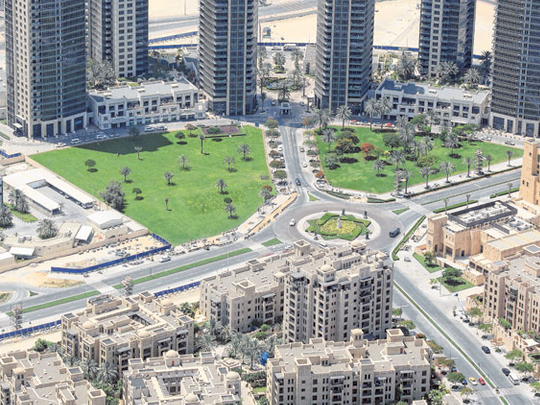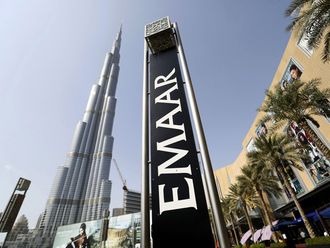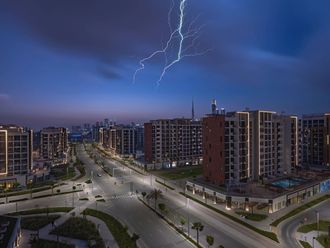
Dubai: Dubai’s upscale properties are not growing in value like they used to. In fact, the pace of growth may have dropped to an anaemic 1 per cent in the first three months of the year, compared with an average of 4 per cent quarterly growth in 2013, according to Knight Frank, the consultancy.
It didn’t get any better in the second quarter, based on initial transactional data. If this is the case, the golden run that Dubai’s premium homes have been through for the better part of 2012 and 2013 has come to a close. Key locations such as the Palm, Dubai Marina and Downtown had all benefited from the sustained upswing in demand during this phase, and which led to a skyrocketing of values.
It could be that cash-ready investors, who are the trendsetters in the premium end of the local property market, could be taking a breather now. Or they may have concerns that asking prices had shot way too high for them to realise the hoped for yields.
Either way, the current narrow growth rate would be a welcome respite for the broader marketplace, as it comes amid growing concerns that it was in clear danger of overheating. But the chill in recent transactional activity has also hit mortgage buyers, more so after the Central Bank’s higher down payment requirements started to bite deep since late December.
“In Q1-2014, transaction volumes across our prime basket of properties were 10 per cent lower compared to the preceding three months and were nearly 28 per cent below a year earlier,” said Victoria Garrett, associate partner at Knight Frank. “But the lower level of transactional activity doesn’t come as a surprise; an analysis of Dubai’s prime residential property market shows that 25-35 per cent of buyers rely on mortgage finance for purchase.”
Property owners are also realising that they cannot keep on raising their demands. It was but natural that resistance to such highly inflated prices would set in. During the first six months of this year, it has.
“This resistance is definitely placing pressure on sellers; more instances of them having to revise prices lower in locations such as Downtown are starting to emerge,” said Niraj Masand, partner at the property services firm Banke M.E. “For instance, a three-bedroom in Downtown that had a price tag of Dh8 million was sold for Dh6.5 million. Whether a transaction gets done at a lower price will eventually depend on how willing the seller is willing to hold on or not.”
Garrett confirms a higher incidence of unmet expectations on the sellers’ part. “In light of Expo 2020 announcements, we are seeing that some sellers
are expecting the value of their home to have risen more than the market will allow and thus being non-negotiable on pricing, resulting in seller and buyer expectations not aligning.”
But she does hold out the promise of improved tidings for luxury property owners in the second-half of the year. “Strong economic conditions and prospects of loosening credit standards for buyers suggests that demand for prime residential property will see an uptick in the short-term,” Garrett said.
“That, combined with the fact that very little is due to be completed in the prime segment over the next 18 months, points to luxury residential prices resuming their upward path in the second half of this year, before seeing a single-digit increase in 2015.”
Until then, sellers need to play a waiting game.












